Central air conditioning systems have become an essential part of modern living, providing comfort and efficiency in managing indoor temperatures. Whether for residential or commercial use, these systems offer a seamless way to maintain a pleasant environment year-round. In this blog, we’ll explore central air conditioning systems, their working principles, types, benefits, and much more.
How Central Air Conditioning Systems Work?
Central air systems cool air in one location and circulate it to the rest of the building via ductwork.
Parts of a Central Air System
Compressor: Situated outside, compresses the refrigerant to allow it to circulate through the system.
Condenser Coil: Releases heat extracted from the indoor air.
Evaporator Coil: Extracts heat from the indoor air as the refrigerant cools it.
Air Handler: Forces cooled air into the ducts to be distributed throughout the building.
How the Cooling Cycle Works
The process starts when warm indoor air is drawn into the system. The refrigerant absorbs heat from the air, cools it, and circulates it back into the living spaces. Meanwhile, the absorbed heat is expelled outdoors through the condenser unit.
Types of Central Air Conditioning Systems
Central air conditioners come in various configurations to suit different needs.
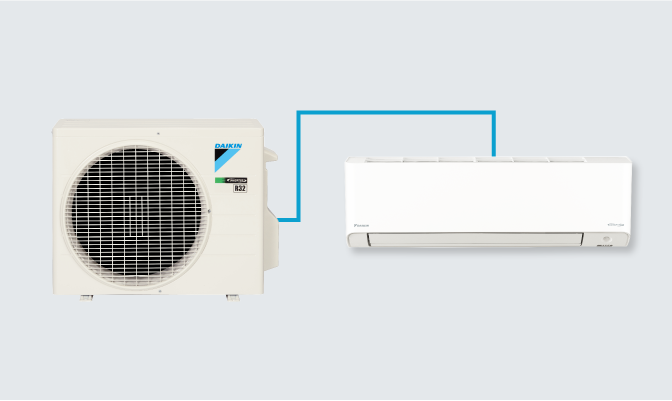
Split Systems
These include an outdoor unit, which houses the compressor and condenser, and an indoor unit with the evaporator coil and air handler.
Packaged Systems

The compressor, condenser, and evaporator are in one outdoor unit, making it ideal for homes that have less space indoors.
Ductless Mini-Split Systems
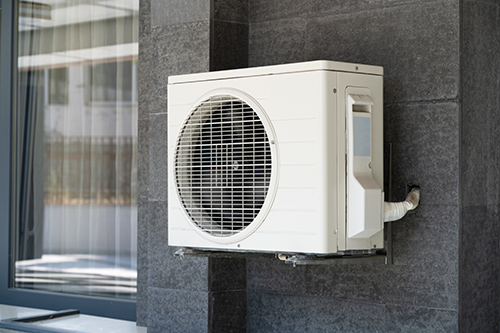
These systems dispense with traditional ductwork and provide a versatile means of cooling particular areas or rooms.
Advantages of Central Air Conditioning Systems
Investing in a central air conditioning system comes with several benefits:
Energy Efficiency
New systems are engineered to use as little energy as possible, thereby reducing electricity bills.
Consistent Cooling
These systems regulate the temperature throughout the building for maximum comfort.
Improved Indoor Air Quality
Central air systems remove dust, allergens, and pollutants, ensuring healthier indoor air.
Things to Consider When Choosing a Central Air Conditioner
Choosing the correct central air conditioning unit is essential. The factors considered are as follows:
Size and Capacity
- An undersized unit will not cool properly, and an oversized unit wastes energy.
Energy Efficiency Ratings (SEER)
- The SEER is a measure of how efficient the unit is. Higher ratings mean less energy is used.
Noise Levels
- Opt for a system with low noise operation for added comfort.
Installation Process
- The installation of a central air conditioning system is comprised of:
Assessment: A professional evaluates the building’s size and insulation needs.
Ductwork Installation: Ducts are installed or modified to ensure efficient airflow.
Unit Placement: The outdoor and indoor units are strategically positioned.
Testing: The system is tested to ensure proper functioning.
Professional installation is essential for optimal performance and longevity.
Maintenance Tips for Longevity and Efficiency
To keep your system running efficiently, follow these maintenance tips:
Change Filters Regularly
- Dirty filters impede airflow and reduce efficiency.
Schedule Annual Check-Ups
- A professional inspection can detect potential problems early.
Clean Ducts and Vents
- Cleaning the ducts and vents will make the air flow smoothly and clean.
Common Problems and Troubleshooting For Central AC Systems
- Even though central air systems are reliable, sometimes they malfunction. Here are some common problems and troubleshooting tips:
Uneven Cooling
- Caused by blocked ducts or poor insulation
High Energy Bills
- It indicates an inefficient system or a need for maintenance.
Strange Noises or Odors
- It’s often a sign of mechanical issues or mold growth in the ducts.
Cost of Central Air Conditioning Systems
Installation Cost
The central air conditioning installation cost depends on the size, type, and complexity. On average, homeowners pay between $3,000 and $7,000.
Recurring Costs
Be prepared to pay for energy consumption and other maintenance costs periodically. Energy-saving systems are costlier in the short term but save money in the long term.
Future of Central Air Conditioning
The HVAC industry is developing with exciting future trends:
Smart Home Integration
Systems have Wi-Fi-enabled thermostats that control and automate devices remotely.
Green Refrigerants
Manufacturers are embracing less environmentally sensitive refrigerants.
Energy Efficiency Improvements
There is new technology aimed at offering greater efficiency with less energy use.
A modern comfort staple is the central air conditioning system: efficient and constant cooling. Through understanding its principles, advantages, and maintenance, you will make informed decisions on maintaining your home comfortably and energy efficiently. Whether an upgrade or first-time installation, the right system will be chosen by a professional to ensure years of reliable performance.
FAQ’S
1. How does a central air conditioning system differ from a window unit?
A central air conditioning system cools the entire home through ductwork, ensuring consistent temperatures in all rooms. Window units are single-room solutions that can only cool the immediate space they are installed in, making central air systems more efficient for larger homes.
2. How often should I replace the air filter in my central air conditioning system
Air filters should be replaced every 1–3 months, depending on usage and the type of filter. Homes with pets or allergies may require more frequent changes to maintain optimal air quality and system efficiency.
3. What is SEER, and why is it important when choosing a central air conditioner?
SEER stands for Seasonal Energy Efficiency Ratio. It measures the efficiency of an air conditioning system. Higher SEER ratings indicate better energy efficiency, which can reduce your energy bills and minimize your environmental impact.
4. How long does a central air conditioning system typically last?
With proper maintenance, a central air conditioning system can last between 12 and 15 years. Regular professional check-ups and timely repairs can help extend the lifespan of the unit.
5. Can I install a central air conditioning system in an older home without ductwork?
Yes, it’s possible. Ductless mini-split systems are an excellent alternative for older homes without ductwork. If you prefer a traditional system, retrofitting ductwork is also an option, though it may involve higher costs and more extensive installation work.
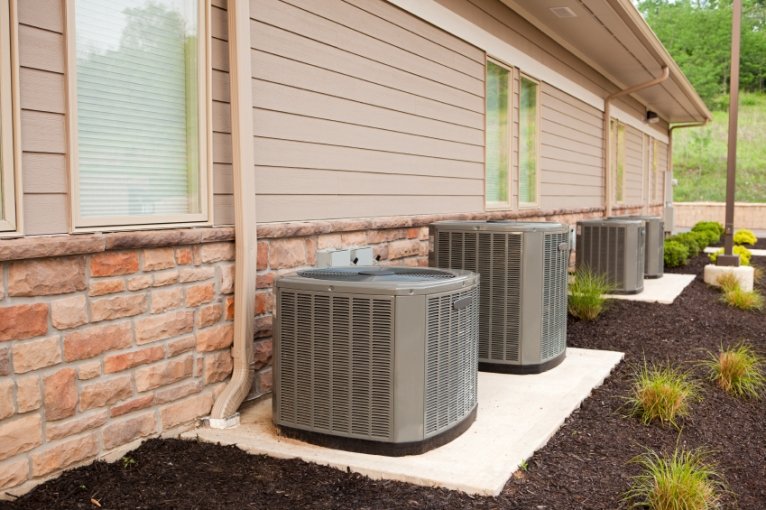
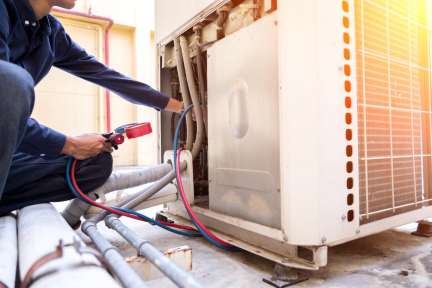
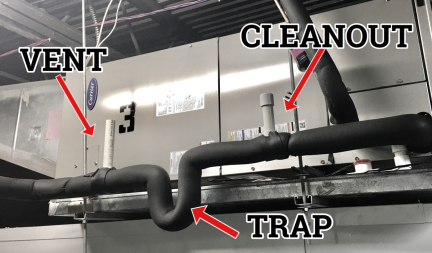
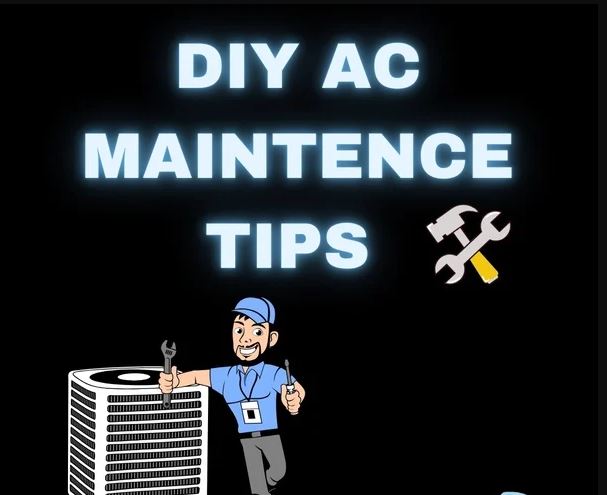
Leave a Comment